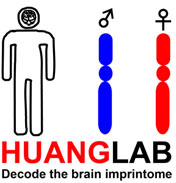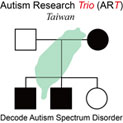Electrophysiological core (電生理核心技術)
We perform the whole-cell patch clamp technique to record neuronal intrinsic excitability (Fig. a) and synaptic transmission (Fig. b) from mouse brain slices. In addition, we apply the extracellular field potential recordings to measure synaptic plasticity such as long-term potentiation (LTP) (Fig. c) from mouse brain slices. Mouse hippocamal slices are shown in the figure. These techniques can help us address questions in a circuit level.
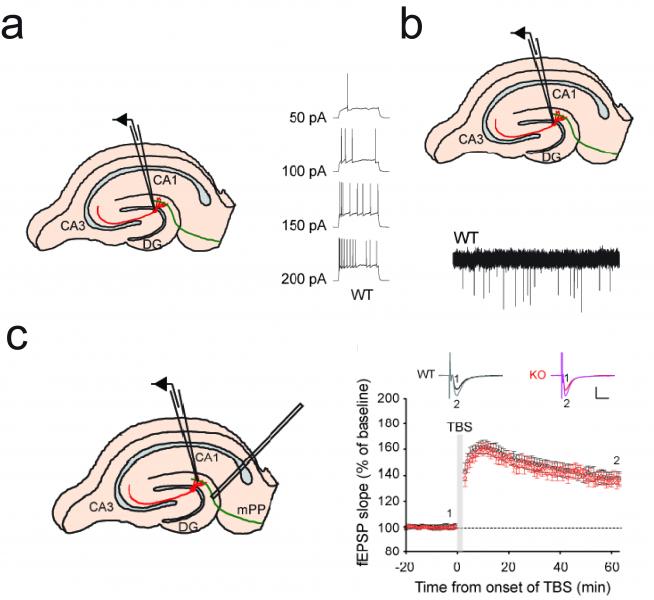
In vivo manipulation core (活體操弄核心技術)
We use adeno-associated virus (AAV) as a vehicle to carry our target DNA constructs, deliver AAV to specific mouse brain regions with stereotactic surgery, manipulate gene expression with rescue or CRISPR approach in vivo, and exploit neuronal activity with optogenetic (Fig. a & b) or chemogenetic (Fig. c & d) techniques in vivo. These techniques can help us address questions in a causal manner and under in vivo context.
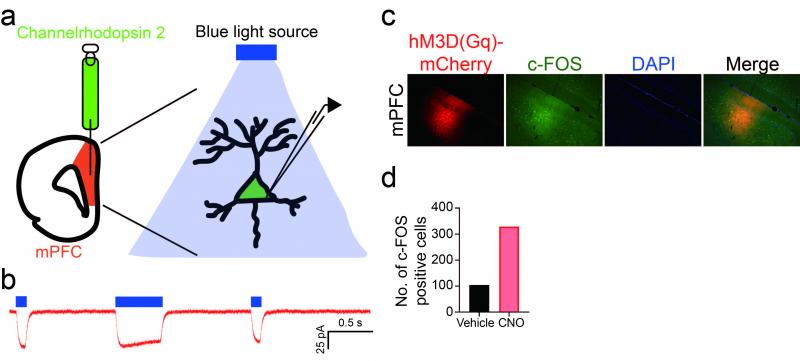
Core for measurement and manipulation of brain circuit dynamics in free-moving mice (紀錄及操弄自由移動小鼠的大腦神經迴路之核心技術)
We use the nVoke system (Inscopix) to measure and manipulate brain circuit dynamics in free-moving mice. Specifically, we perform in vivo cellular-resolution calcium imaging with simultaneous or sequential opotogenetic manipulation in free-moving mice brain. This technique can help us to address the causal link between neural circuit and related behaviors.
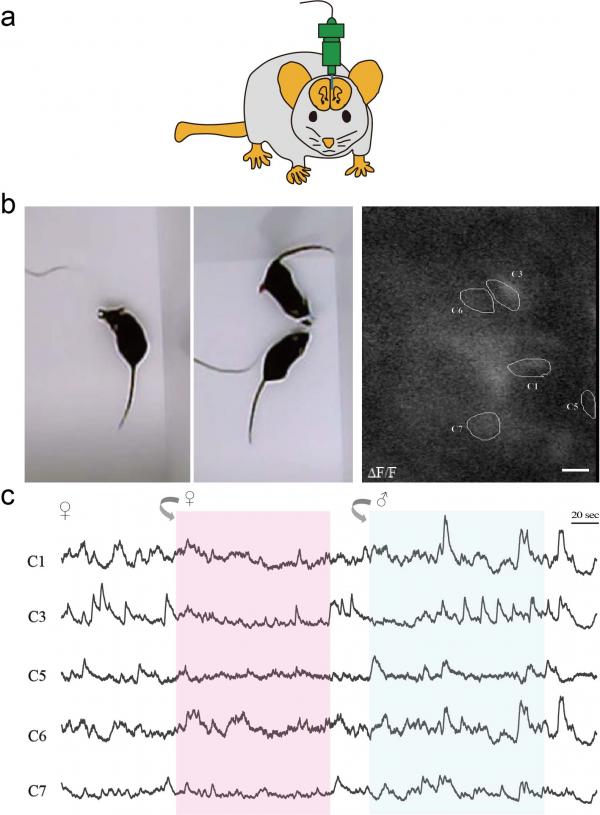
hiPSC-derived cortical neurons and cerebral organoid core (活體人類神經元細胞及類腦器官核心技術)
We convert human blood cells into human induced pluripotent stem cells (hiPSCs) and derive hiPSCs into live human cortical excitatory neurons (Fig. a), cortical inhibitory neurons (Fig. b), and cerebral organoids (Fig. c). Theses techniques can help us address mechanistic and causal questions in live human neurons and organoids without taking any brain tissue from patients and their corresponding controls. Furthermore, we can determine neuronal network dynamics in hiPSC-derived cerebral organoids with two-photon Ca2+ imaging (Fig. d).
.jpg)
Mouse behavioral core (動物行為核心技術)
We evaluate behavioral outputs from mouse model of human brain disorders within five categories of learning and memory, social interaction, sensorimotor activity, anxiety, and depression. These technqiues can help us address questions in a comprehensive manner and provide us the highest level of functional readouts of brains.

Epigenetic core (表觀遺傳學核心技術)
We establish a hybrid mating system with B6 and CAST mouse strains to determine levels of gene expression (Fig. a) and DNA methylation (Fig. b) in a parent-of-origin-specific manner.
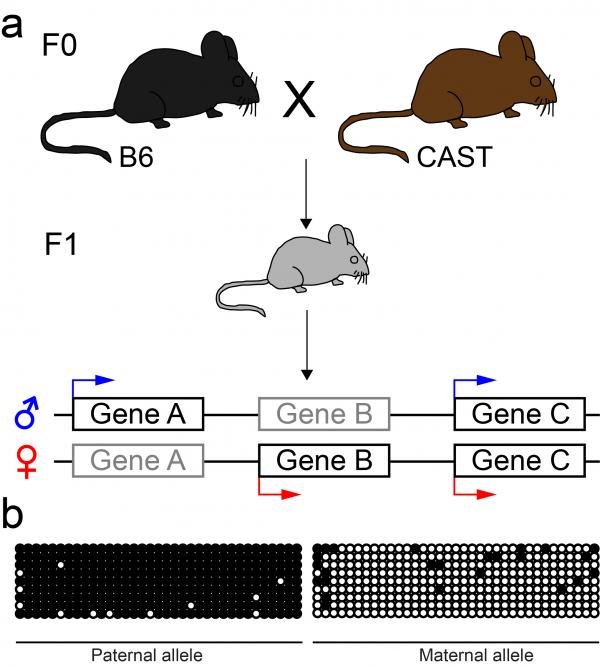
Single-cell type capture core (單細胞補捉核心技術)
We capture cells of different types individually with fluorescence-based laser capture microdissection and genetically engineered mice.



